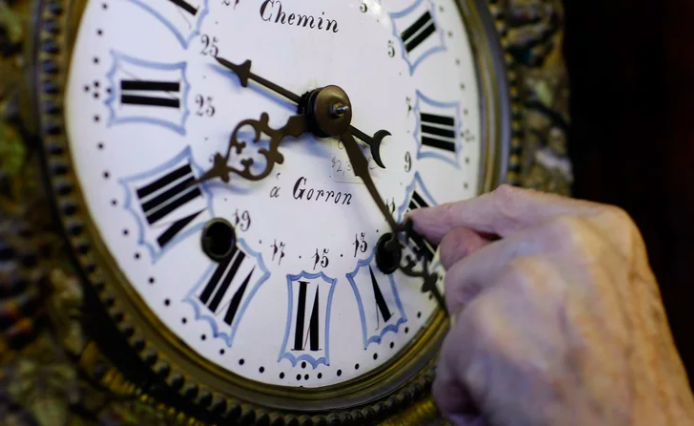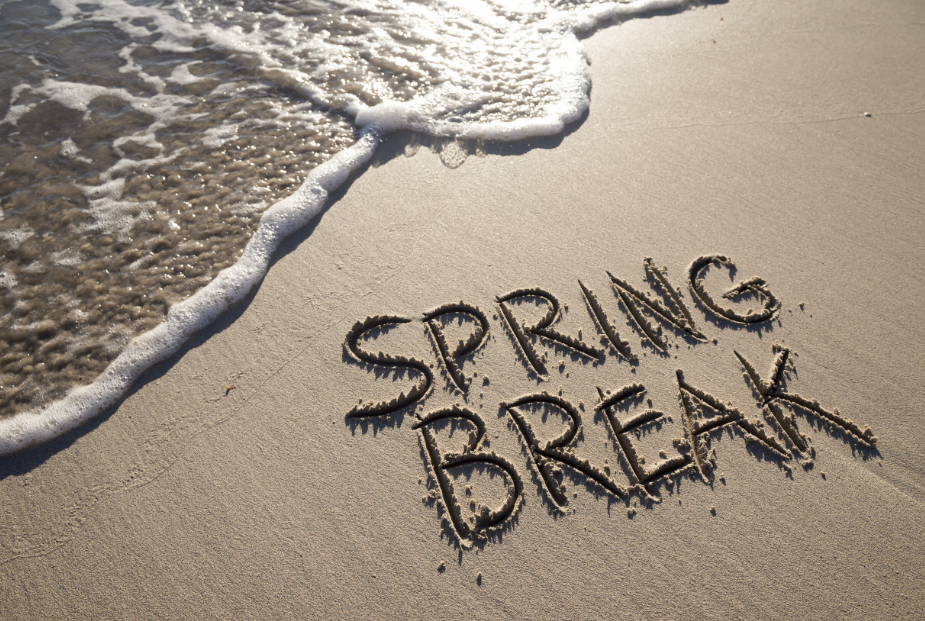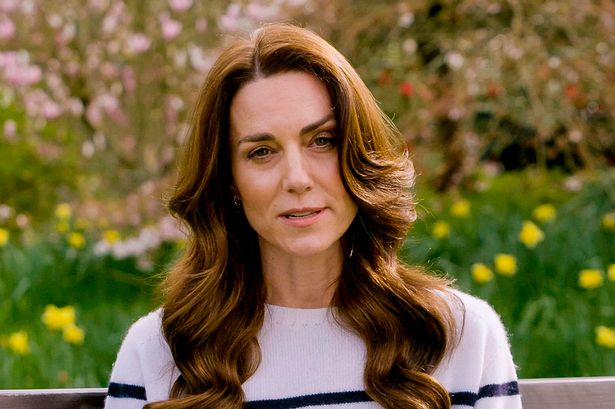We Should Get Rid of Daylight Saving Time and Here’s Why
November 18, 2021
Daylight Saving Time (DST) is when the world turns the clock one hour back from standard time in November. Initially, it was used as a way to save energy and maximize daylight hours. In the summer months, one hour of daylight in the morning is moved to the evenings and vice-versa for winter months.
Joy Lee, a senior at Wayne Hills, especially enjoys the addition of one hour: “The long rest of sleep that one time of year is enjoyable, especially because I am a homebody. The brightness in the morning in the winter also helps me to wake up .”
However, numerous studies and articles have highlighted that the negatives outweigh the positives; the changing of our clocks needs to stop.
On the surface, one hour lost or gained in sleep seems to have little or no effect on the human body. In reality, the method we have been using impacts mental and physical well-being.
In an interview with Scientific Research, Beth Malow, a professor of neurology and pediatrics at Vanderbilt University, discussed the health implications of DST. When asked how it affects the body she stated that “It’s a misalignment of your biological rhythms, or circadian rhythms, for eight months out of the year…Whenever we disrupt sleep or disrupt our circadian rhythm, it can cause increases in inflammatory markers and our stress response—and we know that can take a toll on the heart and the brain.”
Malow also advocates for permanent standard time with reasons regarding the importance of receiving the right amount of light: “I look at light as really important for our well-being, our mood and our sleep. Getting enough light, especially in the winter, is critical. If we have permanent daylight saving time, I worry that come May, June, July, we’re getting too much light too late in the evening. Then we have trouble falling asleep because we don’t make [enough] natural melatonin, which requires it to be dark. To me, the beauty of the permanent standard is: you have your light in the morning in the winter, when you need it, and you have your dark in the summer when you need it.”
Not only do the effects on sleep prove the dangers of Daylight Saving Time, but the aftermath of disturbances in sleep. According to Anita Shelgikar, a Michigan associate professor of neurology, a transition of hours “…can lead to less hours of sleep overall, and that sleep deprivation can pose safety risks, including a higher likelihood of motor vehicle accidents on days following the time shift.”
As a newly licensed driver, DST has also affected Samantha Flynn, a senior at Hills. Flynn expressed her worries about driving in the afternoon: “Around 5:00 pm to 6:00 pm is when I leave for work and it is already pitch black. It can be dangerous sometimes driving without the sunlight and on windy roads where there are no lights. I am especially nervous to go to work when it is dark and the road is covered in snow or ice in winter months.”
The Journal of Clinical Sleep Medicine offers a compelling statistic as well. “Traffic accidents increase in the first few days after the change from standard time to DST, with an increase in fatal crashes of up to 6% in the United States.”
Furthermore, many states and countries agree with the scientists that demonstrate their concern for the general wellbeing of the world. For example, the European parliament voted to end mandatory Daylight Saving Time, Hawaii and Arizona have moved away from DST, and 29 states introduced legislation to abolish resetting the clock. In the case of the United States, the permanent switch to Daylight Saving Time would need an act of Congress and Florida Senator Marco Rubio’s Sunshine Protection Act is far from being ratified as it is still at the committee level.
The debate still continues to this day and hopefully, change happens for those who have been affected by their sleep schedules, health issues, and automobile accidents.

















